Every great brand attempts to capture it’s own essence, or what I call it’s uniqueness. You probably know what I’m talking about, that one aspect that makes a brand stand out, and perform better than anyone else in the market.
But it goes beyond just creating a brand identity for marketability.
Brands are actually competing for your attention.
In fact, all brands are also competing with each other to find their own essence, but most fail to become known for a singular role.
Why?
Because they aren’t doing the simplest thing imaginable: leveraging their customers experiences.
In sports, you learn that a few inches can mean the difference between a trophy and a long bus ride home. In business, you can get so caught up in the big picture that you’re actually incapable of seeing the nuances in your brand.
So what do brands do wrong?
They spend thousands of dollars on Facebook advertisements, billboards, direct mail campaigns, and retargeting ads. Which is a great strategy. But it’s what they miss that’s vital to their success.
Companies are starting to brand moments in order to instantly gain recognition and attract a dedicated target demographic.
Wait, but why?
The Experience Movement
In the past few years, there’s been a shift in the way that we want to purchase, browse, and make informed buyer decisions.

Instead of buying “stuff” we want to buy experiences. And even though we still buy stuff, we want some sort of experience to go along with it.
This is how an Oreo cookie goes from being just another snack item, to being the fly-off-the-shelves-must-have-cookie that Mom and Dad have to purchase for their kids. What’s the secret?
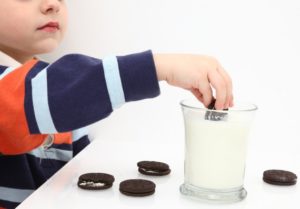
They created a brandable experience, and it’s memorable. In fact, it’s become so popular to eat Oreos with milk, that it has become a nighttime ritual for many families.
The Oreo brand found a way to not only brand a circular shaped sandwich cookie, but more importantly, they found a way to make a moment in someone’s life marketable.
How To Brand An Experiential Moment in 7 Steps
Branding someone’s life isn’t exactly the first thing they teach you in college. In fact, it is somewhat of a quandary when you get into the makeup of what is entailed in building an experiential moment.
Each of the following tips will help you to better understand the sequence of DNA that goes into creating a remarkable brand.
One: Center the Conversation on an Experience
An experience is something that happens to you, or that you choose to do. It can be a passive experience, or a very active one in which you are in control. Passive experiences happen when you browse Facebook–you scroll through tons of ads and sponsored posts on your way to the bottom of your never-ending News Feed.
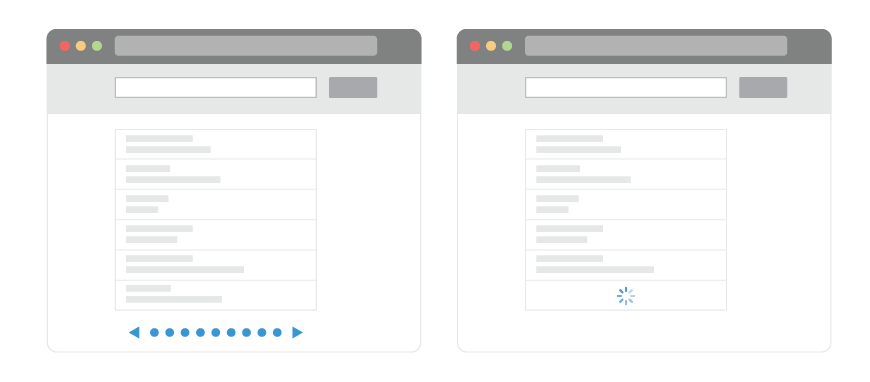
This isn’t a random example. Facebook, actually poured a lot of creative time and attention into the creation of the bottomless pit of status updates. In fact, we’ve been reprogrammed to believe that it is okay that there is no bottom. We have been conditioned to accept the experience as it is.
This is a passive example, where the consumer really has no choice but to comply with the company’s wishes. As a result, we all know that Facebook has become addictive, and accounts for a majority of wasted browser time.
Active experiences are ones where you initiate the action. They cause you to create rituals, start social movements, and are ultimately brandable. These are the experiences that matter, and they can make your brand a lot of money.
When the user feels like he or she is in control of their actions, then brands win. The object of this game is to create something where consumers use your product in a way that creates an experience for them.
Two: Make Sure Your Brand is Always Traced Back to that Experience
When your brand is synonymous with an experience, you win. Brands are always striving to own this space. They strive to be known as the one brand of chewing gum, or the best basketball shoe. But this can be really tricky because so many companies are all vying for the same type of attention.
But what can your brand do differently, or do better?
You can brand a moment and make it synonymous with your brand.
Your company doesn’t have to be branded as the best chewing gum, your gum can become the chewing gum that gets opened right before that big kiss.
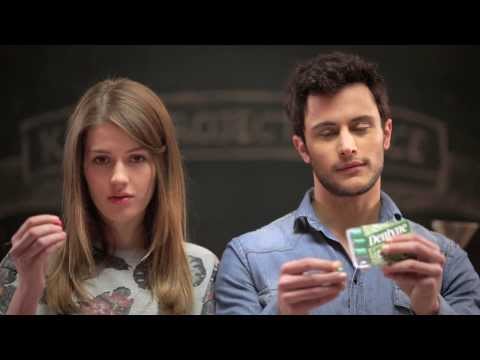
Something as simple as that can help you to become memorable.
Why does this work?
Three: Use Anchoring and Visualization to Make a Lasting Memory
The Anchor
Whether it’s Michael’s lopsided tongue hanging out after a jump shot, or Tiger Woods touching the brim of his hat, anchoring is a technique commonly practiced in NLP.
Anchoring means that you are able to recall an experience as you would like it to be, at any moment. To do this, you simply connect a memory or visualization of the desired outcome with a physical action, such as touching your hat. While rockstars, athletes, and actors use this to get into the zone it is the same principle behind why branding a moment actually works.
Visualization
Actors and entertainers visualize what they want to happen so that their minds are pulled to it. They play the same tape over in their minds and continuously loop their desired outcomes. Eventually, they report that they begin to hit game-winning shots because they’ve witnessed the outcome thousands of times in their heads.
Here’s a little secret–big brands do this too.
When they get their clients to visualize their products, they also anchor their brands into their daily lives. That’s how you get someone to take an action that reinforces a designed habit that has been premeditated and engineered by a company with smart marketers.
There Are More Moments Than People.
There are over 7 billion people on the planet. That’s a huge number! Imagine how many noticeable “moments” each one of them experiences during a day?
How many products do they use just to get through the day?
Now imagine all of the people using a single brand of toothpaste.
So how can you create and brand a moment that you want someone to experience?
The answer is by helping them.
Four: Use a Proven Formula: Provide Value, Change Lives

Brands that help people get to where they want to be, make the biggest impact. However, it can be pretty tough to get someone to want to do something. Which is why you need to incentivize them first. In order to do that you need to understand what is known as subconscious influence.
Motivating people into action is mostly subliminal. It happens on a level that isn’t processed at the conscious, thinking level. Otherwise, we’d throw the remote at the television, and we’d probably stop reading magazines as well.
This is what advertising companies have done for years. But just as most companies are focused on the macro instead of branding the moment, most media companies are only focused on eyeballs. We see their products, we hear the crunch of the potato chips, and the smiling skinny people with photoshopped white teeth, and we buy into it.
We begin making mental brand associations which anchor the thought into our minds at the subconscious level. There’s nothing, well…this isn’t inherently bad. It works. But, we recognize these tactics as surface level.
There’s a new kid on the block: depth.
People are passionate, and they want something that feels real to them. So when you see something that catches eyeballs, it engages them in a way that is just surface level. This is basic, and we’re used to it. In fact, we’re over it.
Nowadays, we want something that really touches us, something that helps us to experience life in a way that is more meaningful.
We want something that makes us feel like we are better people just for looking at it. Or, we want something that creates an experience that is memorable.
Getting people to connect is what will be popular for the next few years. Think about it, the social media contests, the Facebook Livestreams, sponsored events–everything is gearing up towards getting people to connect and create a shared experience.
When your company focuses on branding the moment, you are creating a new narrative for your customers.
So how do you create a brand that focuses on a moment?
In order to dive even deeper, we need to take a closer look at time.
Five: Use The Fourth Dimension: Time
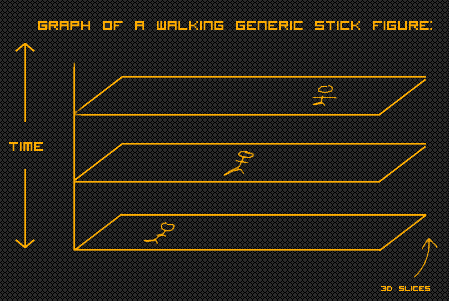
There’s a big block when it comes to understanding time. Time is illusory, and in today’s world, it’s all about the moment. And not just for yogis and meditators. The digital world is happening NOW. In 24 hours, today’s stories will be old news.
When you can use time as a conscious motivator, you will be rewarded by incentivized buyer behavior. Just ask a sales clerk during a BOGO at Macy’s–time and scarcity will make humans do just about anything for what they want.
This is important, but it’s not what I’m referencing with this post.
Instead, what we need to focus on is owning a moment and making it brandable.
For example, Hal Elrod wrote a book called The Miracle Morning. It’s a book all about how to win your mornings and take back your life. It has an online following of millions of people, and in effect, Hal has branded the morning.
He doesn’t have a fancy piece of technology or a great cookie recipe. He owns a slice of time. I’ll come back to Hal. Next, I need to explain a concept of Abraham Maslow.
People are moved to act in response to what brand’s instruct them to do with their time.
In Maslow’s Hierarchy of Needs pride is one of the biggest motivators of action.
Why? Because people want to feel like Adam Sandler in the movie Click and fast-forward through all of the doing so that they can feel the achieving. The achieving is the pleasure time, after all the time spent going through the pain of labor.
The accomplishment is what people buy when they purchase a Rolex or buy a bottle of Champagne. Driving a luxury car isn’t about the handleability, it’s about the feeling of winning.
Pride, by definition, is a feeling of deep pleasure or satisfaction derived from one’s own achievements, the achievements of those with whom one is closely associated, or from qualities or possessions that are widely admired.
Feeling proud of yourself is transformational and being attached to a brand that you are proud of is important as well. Marketers are reverse-engineering that moment when you feel proud of yourself doing something.
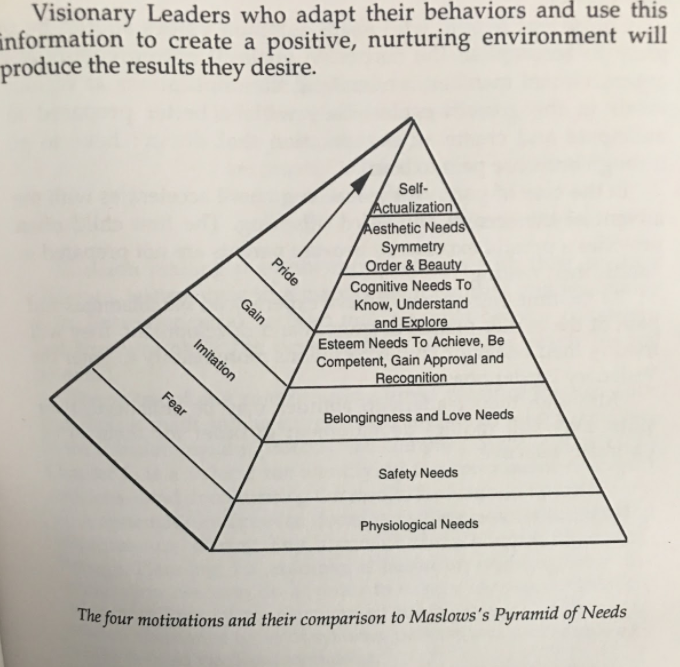
You can brand a moment in someone’s life.
You can do this by finding your ideal customer’s Kodak moments and targeting your brand to involve those key moments.
Six: Copy Brand Moment Examples
Example One: The Kodak Moment
Kodak cameras used this expression as part of their advertising many years ago, and they owned several moments in their customer’s lives.
They talk about all the first moments the baby will have. And they also use scarcity saying these moments will never happen again. Which, is completely true.
Then, Kodak seals the deal by asking if you were the parents which brand would you choose? Parents want to be proud of their kids. Kids want their parents to be proud of them, but everyone associates these proud moments with a “Kodak moment.”
Example Two: Miracle Morning
Remember, how Hal Elrod rebranded the hours before noon? Well, it wasn’t just a good marketing concept, it actually caught on. Hal’s self published book spread like wildfire thanks to the branding a moment concept.
Need proof? People in more than thirty countries have rebranded their own mornings. They now log into facebook communities, send group text messages, and even hop on global Skype calls to talk about their Miracle Mornings. He branded a certain part of every day. The morning! Now in literally every moment someone is having a miracle morning.
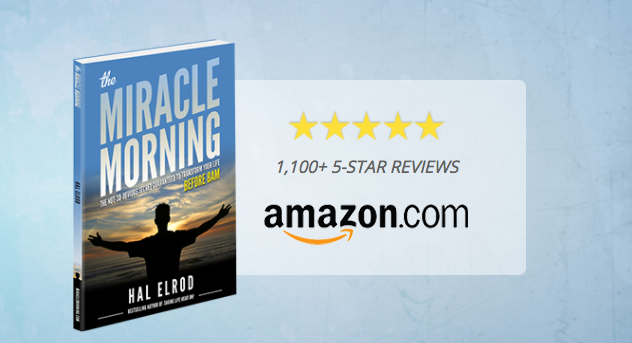
Example 3: Glowing Green Smoothie Challenge
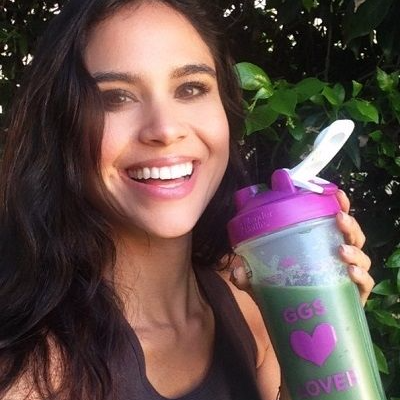 My former business partner, Kimberly Snyder and I, designed a 2-week Green Smoothie Challenge. We created a concept that people enjoyed and started an online movement around it. Everyday people received an email, where we gave them a free kit (blender bottle,) they paid the shipping, so that way we immediately converted leads into customers.
My former business partner, Kimberly Snyder and I, designed a 2-week Green Smoothie Challenge. We created a concept that people enjoyed and started an online movement around it. Everyday people received an email, where we gave them a free kit (blender bottle,) they paid the shipping, so that way we immediately converted leads into customers.
Next, we sent them through our email funnel, they joined our Facebook group, they used their new bottles with their green smoothie drinks and they took a picture for social proof and accountability. That’s fourteen days of thousands of people posting about the GGS all over the web, and sharing it with their friends and family.
It was a huge success and part of what shot Kimberly’s brand into the stratosphere to work with people like Deepak Chopra. Now, the GGS challenge is hosted multiple times per year.
By giving people a low barrier to entry, we rapidly sped up the indoctrination process so that prospects went from being unfamiliar with the Kimberly Snyder brand, to becoming raving fans and customers in a short two-week window.
The sales funnel we created turned users into fans, motivated purchase behavior, got them to take action and create the smoothie, use a blender bottle and then take a picture with our logo. Notice how the picture of the woman below almost mirrors the picture of Kimberly above.

Seven: Create An Experience
There is only NOW. So how can you take a piece of now?

First, there are an abundance of moments that you can capture. You can create experiences for your clients and customers and help them transform. Remember, help your clients get to where they want to be, and they will stay loyal to you. Motivate them by making them feel proud. Empathize with them, and help them by incentivizing their actions.
We are helping them to adopt positive beliefs and then motivating them to act through their sense of pride.
When you understand your client, start asking questions.
What is the behavior you want your clients to have? Visualize it. Then, reverse engineer the steps to success. Design a marketing campaign landing page that speaks to this experience.
Create an email series, product, or another tool that guides them through the process. Support them by providing a nurturing environment for their growth.
Once they use your product or service, then they become super fans. You’ve helped them achieve their goals, and they aren’t going to forget about it.
In fact, they are going to tell everyone they know.
Now I want you to imagine a moment that a sizable group of people share on any given day and time that you can brand around your product or service. Share your thoughts and ideas in the comments below.
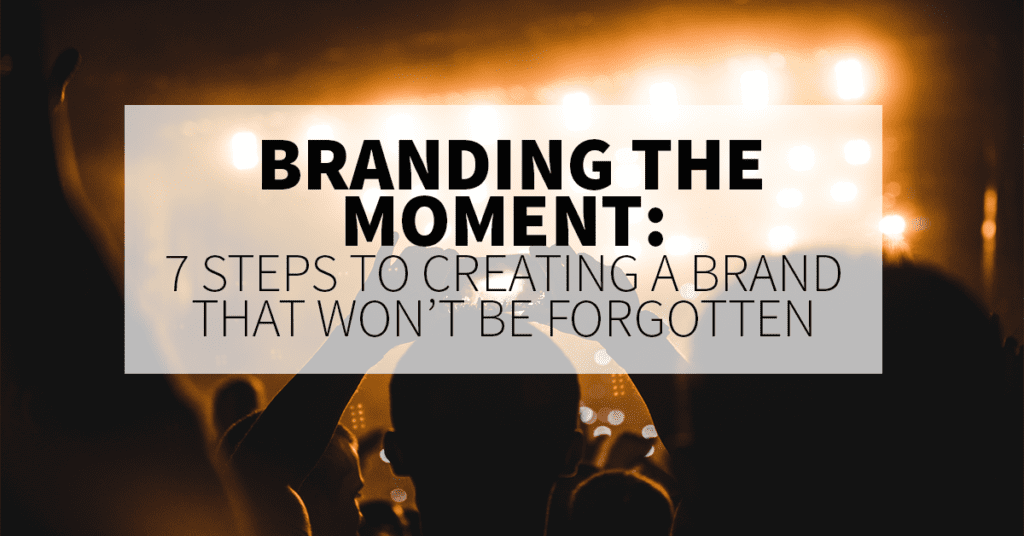

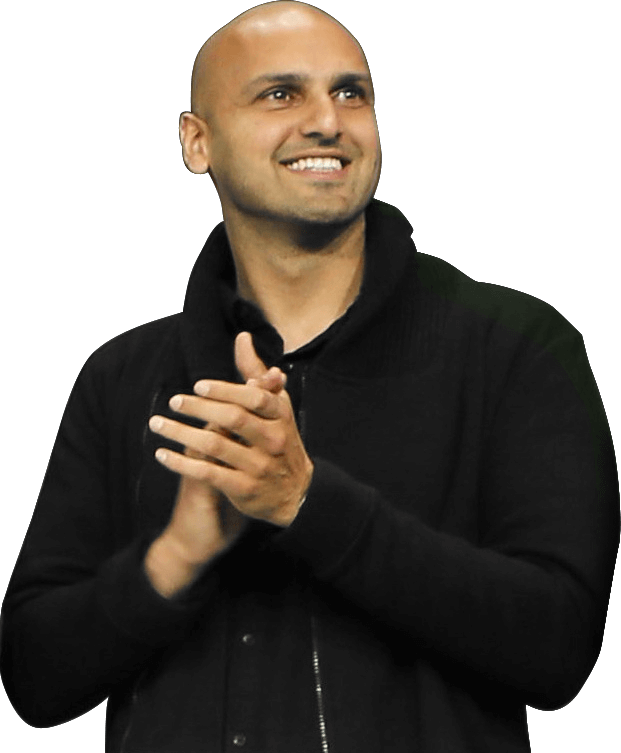
3 Responses
This is a great explanation on why and how companies should brand experiences instead of just trying to sell a product. We’ll share this resource and I’m sure we’ll refer back to it often.
Great! Let me know how this works out for you guys
Glad you liked it, Aaron! It can work for anyone with a brand, but it’ll definitely work a lot faster for a celebrity with an established brand like his.